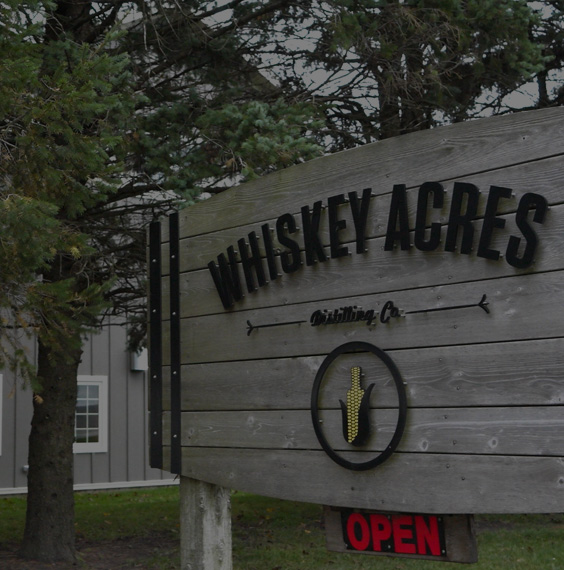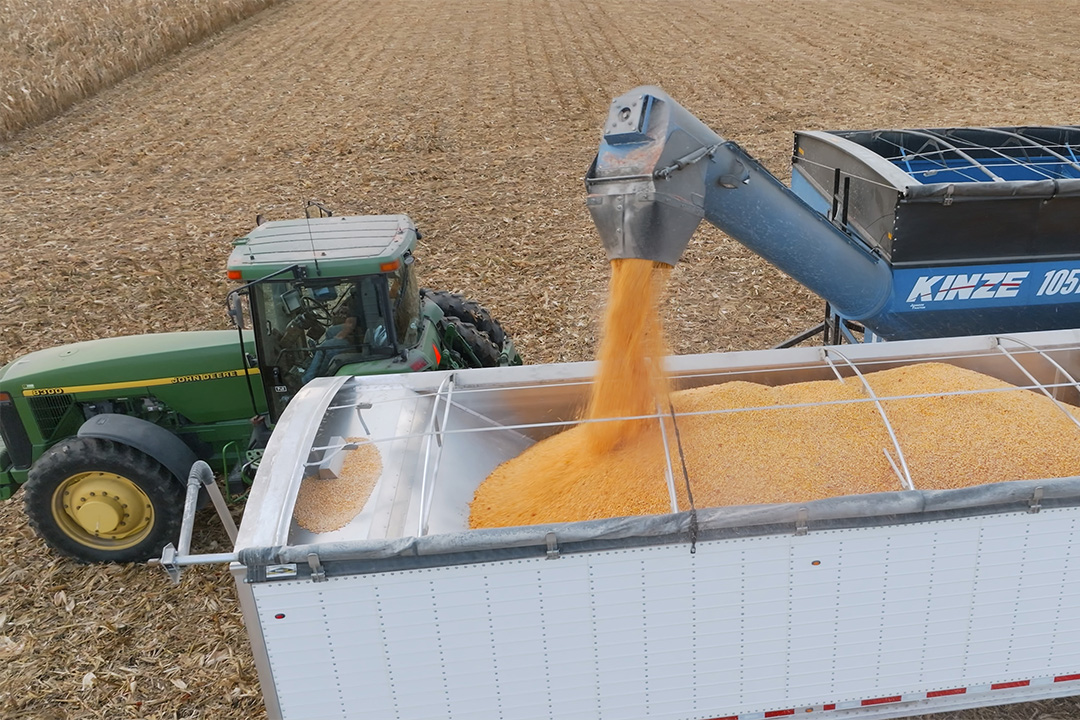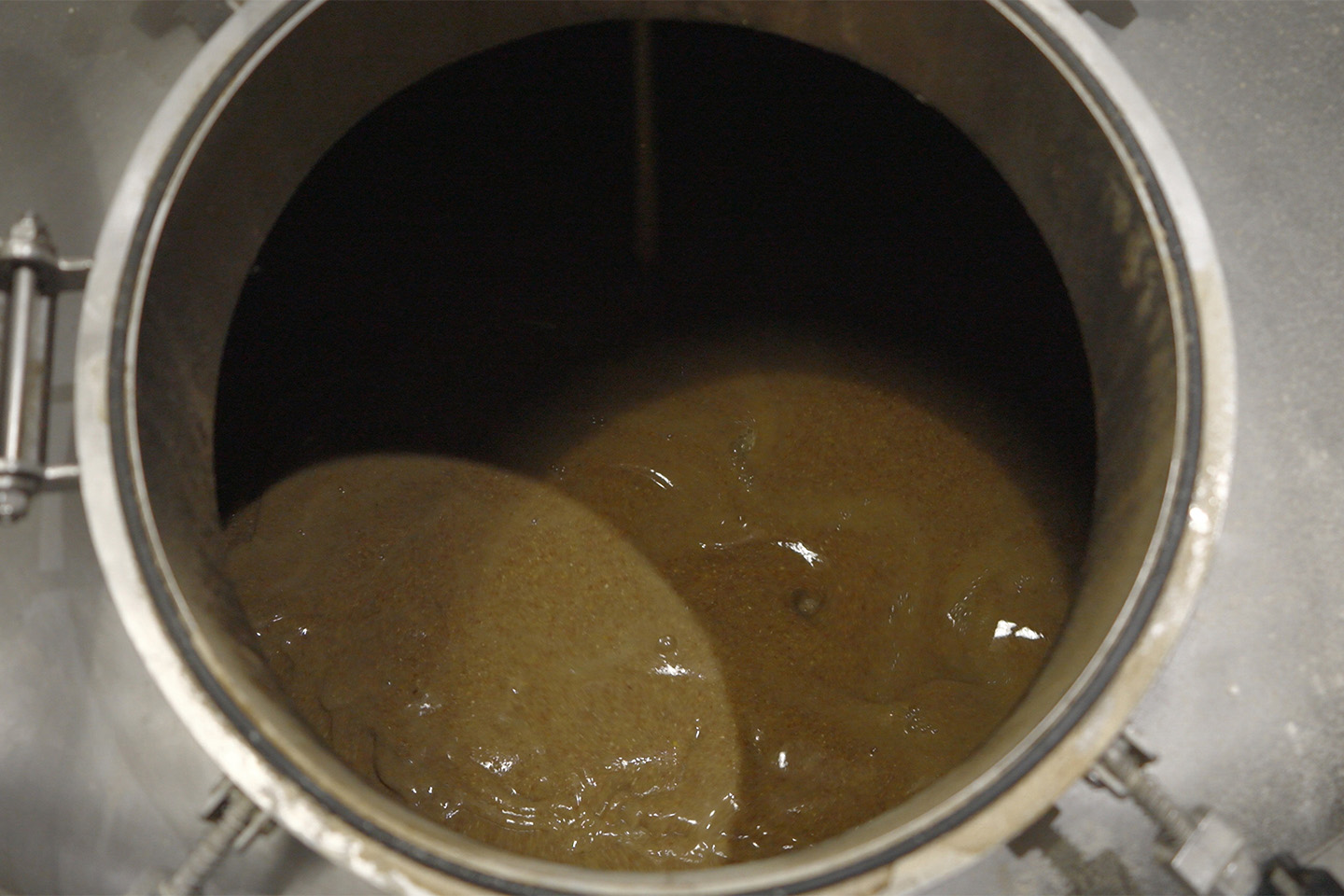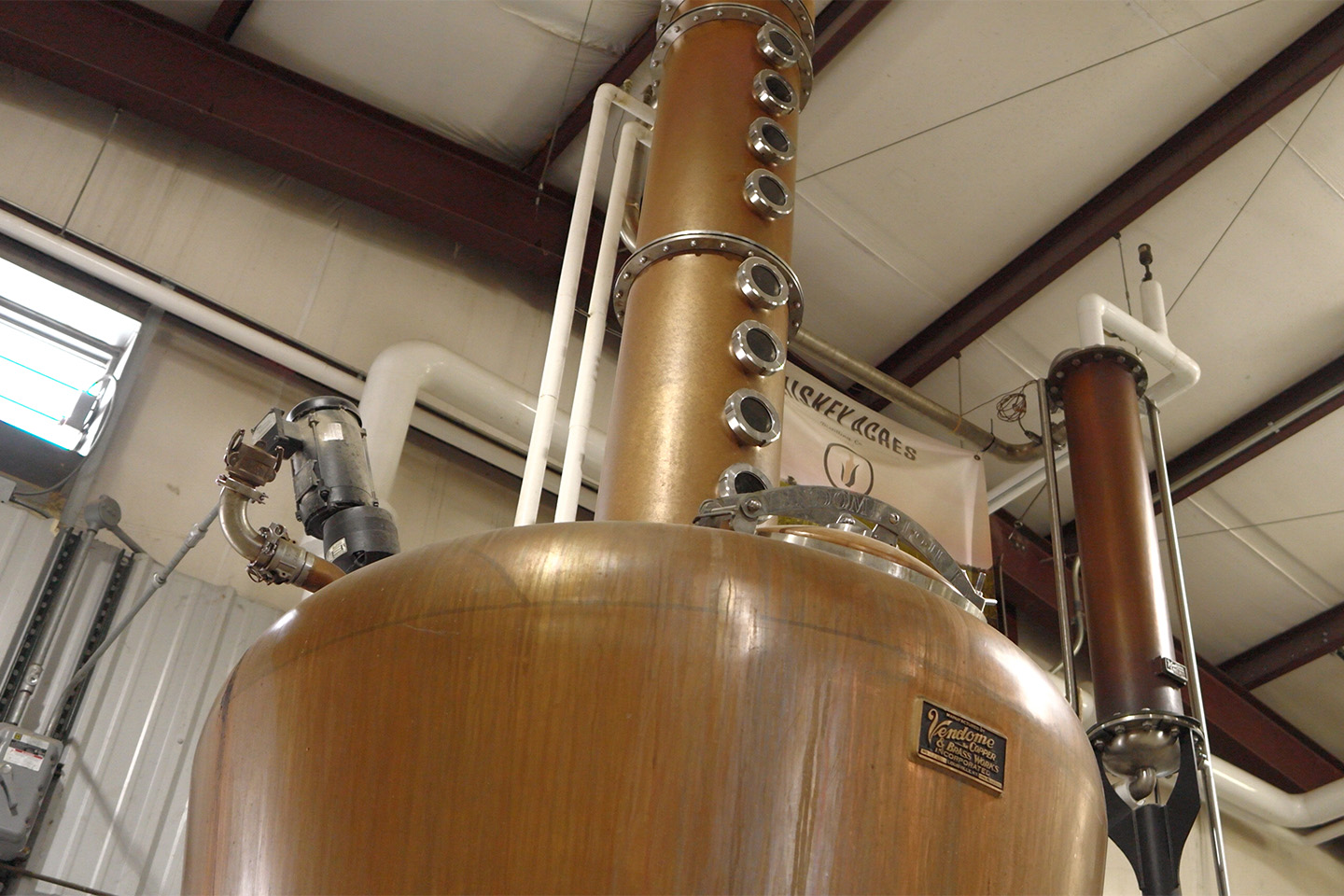

How It's Done:
WHISKEY
How It's Done: Whiskey
By Grainger Editorial Staff 2/19/24
For five generations, the Walter Family has been farming corn on 2,000 acres in DeKalb, Illinois, about 60 miles west of Chicago. Since the late 1800s, corn was the primary commodity produced on the farm. Sometime in the 2010s, Jim Walter sought an opportunity to diversify his farm to derive more value from the corn they produce.
Jim said he was looking into several possibilities when his son, Jamie, pitched the idea to convert some of their acreage to growing corn for whiskey. After careful research, the father and son determined the idea had great potential, and that’s when their distillery, Whiskey Acres, was born.
One of a Kind
Whiskey Acres is the first estate distillery that produces whiskey from seed to spirit in Illinois and one of just a few in the U.S. Together with their partners Nick Nagele, co-founder and vice president; and Rob Wallace, master distiller and daily operations manager, the Walters have developed Whiskey Acres into a thriving business that produces and distributes unique whiskey varieties. Whiskey Acres spirits can be found on shelves in liquor stores and in restaurants across the U.S., and their facility and farm in DeKalb welcome visitors all year long for tours, tastings and events.
“Now we look at other types of corn. We look for exotics, heirloom corns, and corns that are unique and may offer some different flavor profiles. Then we raise everything here on the farm and can keep the varieties separate to preserve the identity of the grain.”
—Jim Walter
Making Whiskey: Step-By-Step
At Whiskey Acres, making whiskey begins with growing, harvesting, and storing the grain, and then transferring the grain from storage to their production facility where it’s mashed, fermented, distilled and stored. The whole process from harvest to tasting the whiskey takes 4 to 5 years.
“We felt we were onto something when we harvested and distilled the grain. But we really wouldn't know for sure until we aged the product and could really sample it. So it was four or five years before we had a proof of concept and it was well received.”
—Jim Walter


1. Harvesting and Storage
Harvesting the corn for distillation with one combine can take Jamie Walter up to two months.“We run one combine, which is enough for our size farm of about 2,000 acres," Jamie said. "A brand-new combine with appropriate attachments for corn or soybeans can cost from $750,000 to a million dollars. That’s why we want to keep this machine moving all the time — it's maybe running 12 hours a day for six to eight weeks a year. The rest of the time it sits.” Jamie said it takes an ear of corn about 14 seconds to go from the plant as it’s harvested to be shucked off the ear, shaken out and sorted through the winnowing process.
“It's amazing what this combine can do," he said. "It combines the harvesting, the gathering of the plants together with the threshing and winnowing all into one step.”
Periodically throughout the day during harvest, a tractor hauling a grain cart will come out to the combine in the fields where Jamie is harvesting to load up the grain and shuttle it to the ends of the field. Here the grain is loaded from the cart to a semi-tractor-trailer that will deliver it to the Whiskey Acres grain facility for storage and drying.
Once the grain is fully dry from storage, it’s ready for the mashing stage. Here the grain is transferred to the production facility where it’s placed in large tanks or mash tuns where it’s mixed with hot water to cook. Malted barley or enzymes are added to the mixture to aid in converting the starch from the grain
“Every day starts with a single 500-gallon mash that will ferment for 3-5 days and then finally move onto distillation. After several spirit distillations, the resulting liquid will go into a barrel for four to five years. Then I'll select the barrels for blending and blend and dump them, proof them down, and get everything ready to bottle. That’s pretty much my every day.”
— Rob Wallace


3. Fermenting
At Whiskey Acres, once mashing is complete, they pump the resulting mixture, or wort, into one of five, 500-gallon fermenters. Fermenting is the process where yeast consumes the sugars and converts the sugar to alcohol. These temperature-controlled fermenters will give the yeast the best possible environment in which to consume the sugars. This process will produce ethanol, CO2, heat and the many flavor compounds that go into the aroma and the flavor of the finished product. Fermentation takes three to five days.


4. Distillation
After fermentation, the mixture — which is actually about 10% beer at this stage — is moved to a 500-gallon copper pot still to begin the distillation process, which happens in two stages. First the distiller does several wash runs, which removes all of the alcohol from the beer. During these runs, the vapor rises from the still and moves down into a condenser and then into a holding tank. Once here the brew is at about 30% alcohol-by-volume (ABV), or what Rob refers to as low wines. After several wash and stripping runs, 425 gallons is then returned to the still from the holding tank for what's called a spirit run, which produces the final product. This mixture is called a new-make spirit or "white dog," containing 70% ABV. Each of the wash, stripping and spirit runs takes about six hours.


5. Maturation
Once the spirit run is complete, the white dog is transferred to a holding tank where it’s cut down to 60% ABV. Once that process is complete, that distillate is transferred to new, 53-gallon charred oak barrels in the warehouse. These barrels give the whiskey its color and some of its flavor profiles, such as coconut, tobacco or fig. The process of maturation and for the whiskey to take on the right flavor profiles can take up to 5 years.
Once the whiskey has reached satisfactory maturity, it’s ready to emerge from the barrels for bottling and enjoying. “Going out to restaurants,” Nick Nagele said, “and seeing our product on the shelves is one of the most satisfying experiences you can have. It’s really fun to buy a drink for the table next door, tell them our story and help them enjoy it.”


“When I make a bourbon that has an exceptional flavor profile, and someone comes in and visits and buys a glass of that bourbon, and says to me, ‘this is really good,’ that’s very rewarding.
— Jim Walter
The information contained in this article is intended for general information purposes only and is based on information available as of the initial date of publication. No representation is made that the information or references are complete or remain current. This article is not a substitute for review of current applicable government regulations, industry standards, or other standards specific to your business and/or activities and should not be construed as legal advice or opinion. Readers with specific questions should refer to the applicable standards or consult with an attorney.






